
www.instagram.com/tobiaspraetorius
Royal Danish Ballet website @ kglteater.dk
Tobias Praetorius is an anomaly, a young dancer – he’s only 24 – who is already interested in playing character roles. Two years ago, when a group of dancers from his troupe, the Royal Danish Ballet, came to New York, he performed the first variation of the tarantella in Bournonville’s Napoli. He polished it off with a naturalness that revealed his complete fluency in the language of August Bournonville. On the same program, he performed the role of Madge, the sorceress in La Sylphide. His Madge was animalistic, scary, like a creature from the Lord of the Rings. Praetorius can be charming, he can be raw. At the Royal Danish Ballet, he is often cast in contemporary works, where he can use his that range to full advantage. Liam Scarlett recently put him in the role of the obsessive Hermann (who goes mad in the end) in his balletic reinterpretation of the Pushkin story Queen of Spades. Eva Kistrup wrote, of his performance: “He took the role of Hermann into places and depths no-one would have expected.”
Praetorius practically grew up with the company, entering the school, where his sister was already enrolled, at the age of 7. (She’s now a principal.) Both his mother and his younger brother are also dancers. Ballet has always been part of his life, and in recent years he has begun choreographing as well. He has made short works for Kammerballetten, Verdensballetten, and The Royal Danish Ballet, and now, for a new initiative by the Royal Danish Theatre called Pixi events. The series is meant to introduce kids to the arts. There have already been two PixiOperas, and a PixiConcert is in the works. And as of September 10 – Covid-19 permitting – there will be a PixiBallet based on the Hans Christian Andersen story The Princess and the Pea. It will premiere at the Takkelloftet, a black box theatre in the large, sleek Opera House in Copenhagen, and will then tour around Denmark.
Back in June, I emailed with Tobias about his new ballet.
MH: Greetings from New York, which is slowly come out of Coronavirus hibernation. What was the lockdown like for you in Copenhagen?
TP: Three days before the premiere of John Neumeier’s 3rd Mahler Symphony, the Danish prime minister announced that the country had to be locked down. It was of course not the best news. The whole company and the theatre had been working so hard on this production. John Neumeier was in the house rehearsing with us for two weeks up to the premiere. It was a great experience getting to work, watch and learn from such an intelligent and experienced choreographer. The good news is that the production will be coming back next season.
I‘ve been trying to use this unexpected time off to find new things to do and learn. Each dancer received an 1.5 x 1.5 meter square of dance vinyl to use at home. It’s not the easiest thing to stay in shape in that little space, but you find new creative ways that work for you.
That has probably the best thing for me, during this time, seeing all of the amazing and creative ideas that are happening all over the world. It’s very inspiring and gives me much light and happiness. I’ve been very lucky that I’ve had more time to focus on my choreographic side. I’m part of this new Danish tv show as a choreographer. It’s a 24-episode show with lots of dancing. Lots of fun and inspiring to experience this film world, which is new to me.
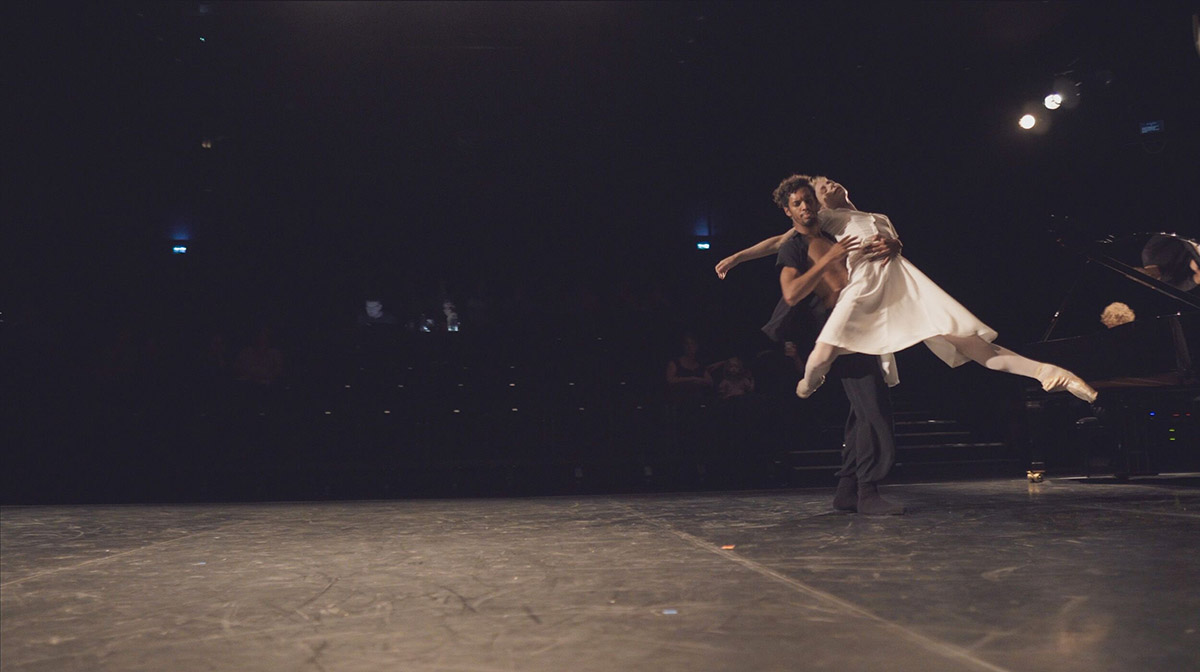
© Tom Mckenzie. (Click image for larger version)
In July, together with a creative team, we’ll be shooting a video where I’m dancing/choreographing. My friend, the classical composer Alexander Mckenzie, composed the music. It will be filmed on the tip of Denmark in a place called Skagen. It’s the point where the two seas connect – Skagerrak and Kattegat. I’m very much looking forward to that.
I hear you’re creating a new story ballet as well, for the Royal Danish Theatres…
Yes! It’s based on Hans Christian Andersen’s the Princess and the Pea. It’s a children’s ballet, but there won’t be any children onstage. The dancers will be Royal Danish Ballet character dancers Mads Blangstrup, Femke Mølbach-Slot, and Morten Eggert. They’ll be playing all the different characters in the fairytale. Seven in all, so there will be a lot of costume changes. I’m really looking forward to working in the studio with these three incredible dancers that I’ve been looking up to since I was a young student in the ballet school.
How have you reimagined the story as a ballet?
When the ballet opens, Morten Eggert plays a conductor about to conduct a famous ballet. He gets more and more drawn into Tchaikovsky’s music, until his character is sucked into the magical fairytale and he becomes part of the story. Magically, he is transformed into the character of the Queen in the fairytale. Then we are introduced to the prince, played by Mads Blangstrup, who has to find his true princess. He travels to different places – the Pink Castle, the Yellow Castle and the Blue Castle – to find her. In each place he meets a princess, all of whom are played by Femke Mølbach Slot. None are a match for the Prince. Disappointed, he decides to return home to his Green Castle. But when he’s least expecting it… a true princess may come knocking on his door.
How did you choose The Princess and the Pea as the basis for your ballet? What does the story mean to you?
I knew I wanted to tell a Hans Christian Andersen fairytale. As a child the story “Princess and the Pea” always stood out to me. The image in my head of the princess lying on top of this tower of mattresses trying to fall asleep was very strong. But also all the different Princesses the prince meets on his way to find his true princess. I thought it would be very fun to create. The story for me is very much a journey to find qualities in other people that you appreciate and like, but mostly finding these qualities within yourself.
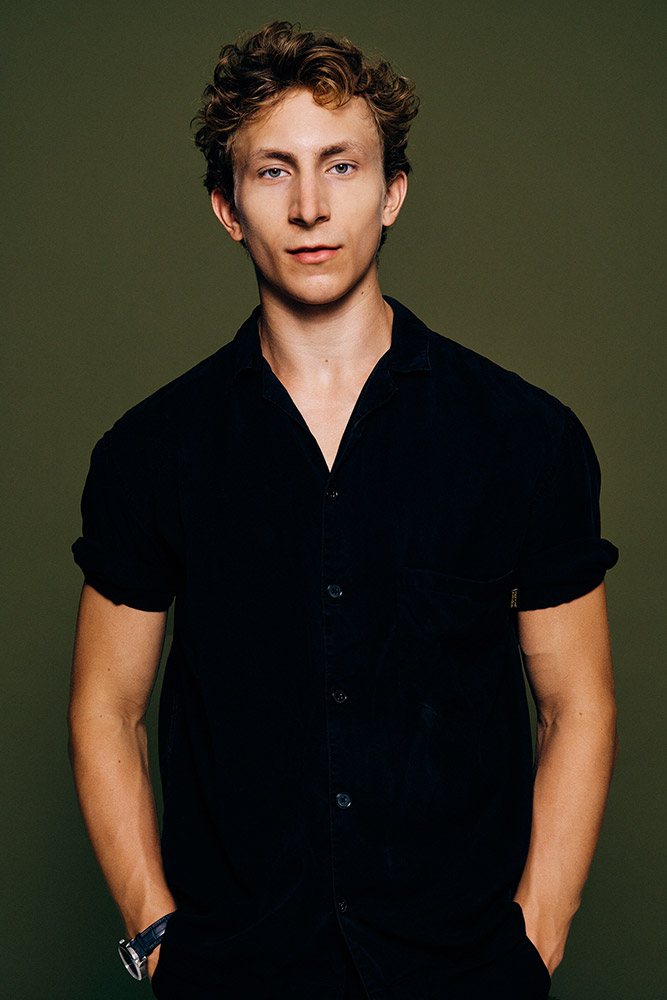
© Tom Mckenzie. (Click image for larger version)
How will you combine dance and gesture to tell this story?
There will be dancing, based in classical technique, with the music and the story guiding the choreography. All three of the performers are retired dancers but they’re getting back in shape to do this production. And all three of them are incredible actors, so there will definitely be a focus on the characters as the most important thing in the ballet. I’ll also be using mime.
When do you think you’ll be able to start rehearsing?
Rehearsals will begin in August.
What a good idea to create a children’s ballet. How did it come about?
It’s part of this new strategy the Royal Danish Theatre has launched in order to bring the performing arts to more children in Denmark. It’s called Pixi events. The theatre has done it before with big success with opera, PixiOpera for Children. It’s a short performance, around 30 – 40 min long, for children between 4 and 10.
But also, we have a wonderful tradition of children’s ballets here in Denmark. I remember myself as a little kid before I joined the ballet school going to see Pär Isberg’s Hansel and Gretel at The Old Stage. It was a magical experience and I immediately fell in love with the ballet and all the magical things theatre can do.
What have you imagined the ballet will look like?
The designs are being created by the incredible Danish set and costume designer Nadia Nabil.
The ballet takes place in this 1700 rococo style. We have decided to use different pastel colors, so when the prince goes on his journey, he explores different colors in his life. We’ll have a mirrored dance floor to give H.C. Andersen’s fairytale a magical universe that children can dream themselves into.
What music will you use?
It will be a combination of different Tchaikovsky pieces, excerpts from Swan Lake and The Nutcracker. Melodies the kids may have heard before, but maybe don’t know the origin of. That way they get an introduction to famous ballets through a new and different fairytale. We’re also using Tchaikovsky’s Variations on a Rococo Theme. I heard it and thought, we have to use this stunning piece of music not only because we are in a rococo universe but also in order to have our own musical identity.
You recently danced the role of Hermann in Liam Scarlett’s Queen of Spades for the Royal Dansh Ballet. What was that experience like?
It was a wonderful and intense experience. I absolutely love playing the role of Hermann in Queen of Spades. To be part of a creation is always something special for me. This ballet is very much a marathon physically but especially mentally. You come to a place in the ballet where you’re so exhausted, and you forget that there’s an audience watching. You get completely lost in the character. Those are the best roles where I can allow myself to forget Tobias and get lost in the story and the character.
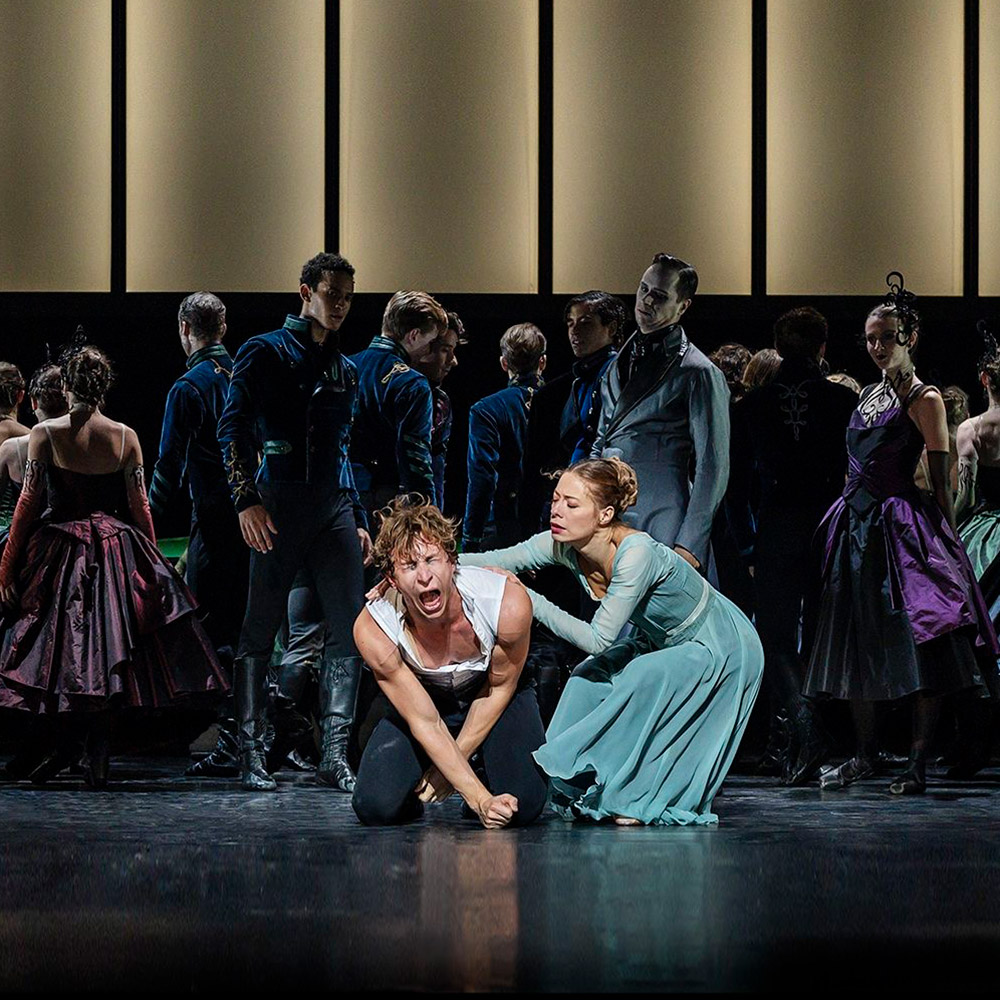
© Henrik Stenberg. (Click image for larger version)
Are you able to go to the theater now to take class?
Yes, since Monday (June 15) we’ve been allowed to take classes in the theatre.
Do you feel like people are ready to go back to the theater in September in Denmark?
Yes I think so. I feel like there’s a need and hunger to watch and experience live things in Denmark right now.
Have you seen any performances yet, indoor or outdoor?
Four days ago (June 14) I was lucky to receive The Queen Ingrid’s Honorary Grant. It was an outdoor event. With music and dance. It took place at The Queen’s summer house Fredensborg Castle. Only 50 people in total were allowed because of the rules of the government. We performed in the Queen’s backyard for 35 people. It was my first time back on stage after 3 month of staying at home. I was dancing a duet with my good friend Stephanie Chen with music played by my other two friends, pianist Alexander Mckenzie and violinist Niklas Walentin.
I had choreographed a new solo for Astrid Elbo during COVID-19 through the computer screen, with live music by harpist Zachary Hatcher. It was the premiere and it went really well. Some music sheets were flying because of the weather but that’s also the special thing about live performances. It was a wonderful day. So intimate and special. A day I’ll never forget 🙂







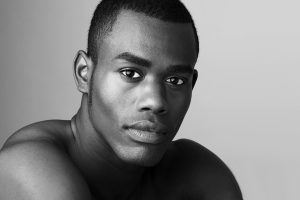

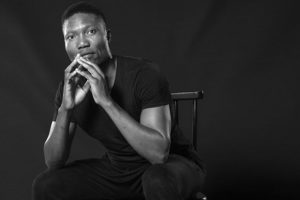


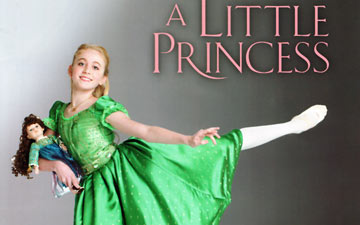
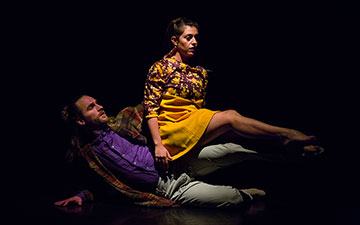


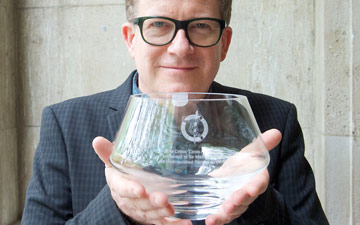
You must be logged in to post a comment.